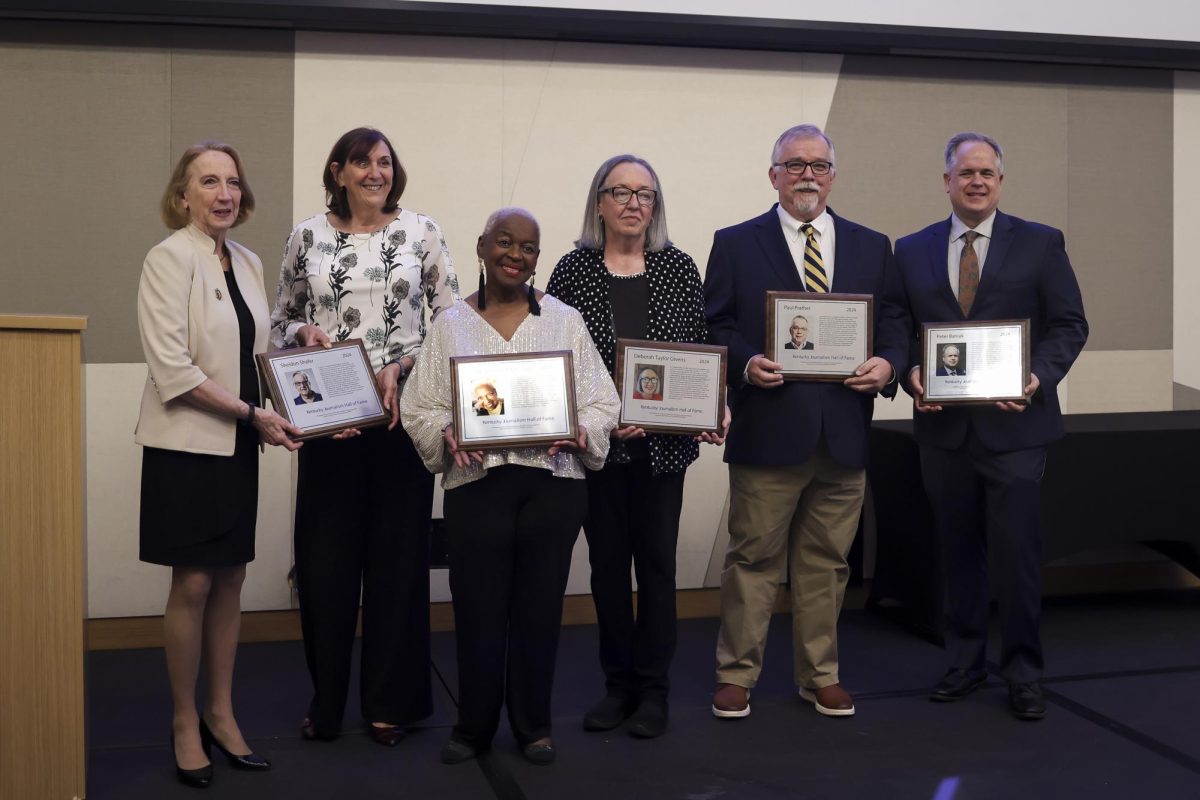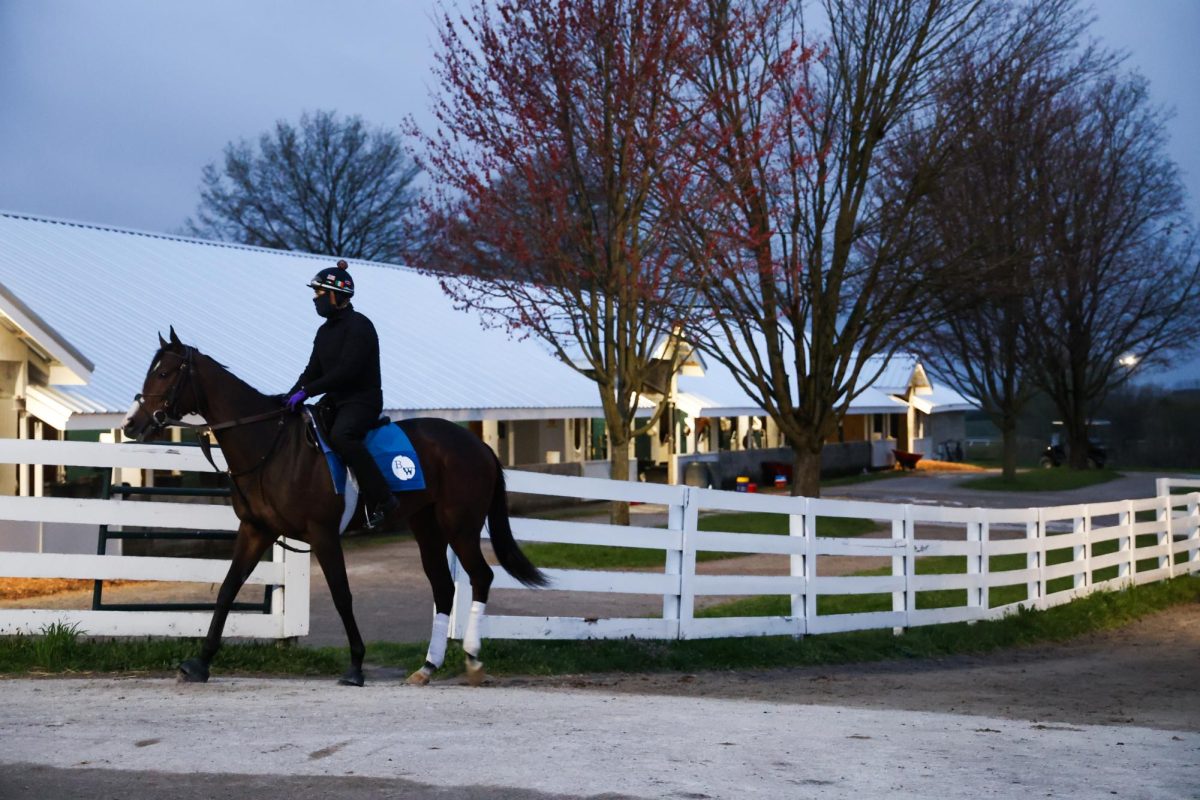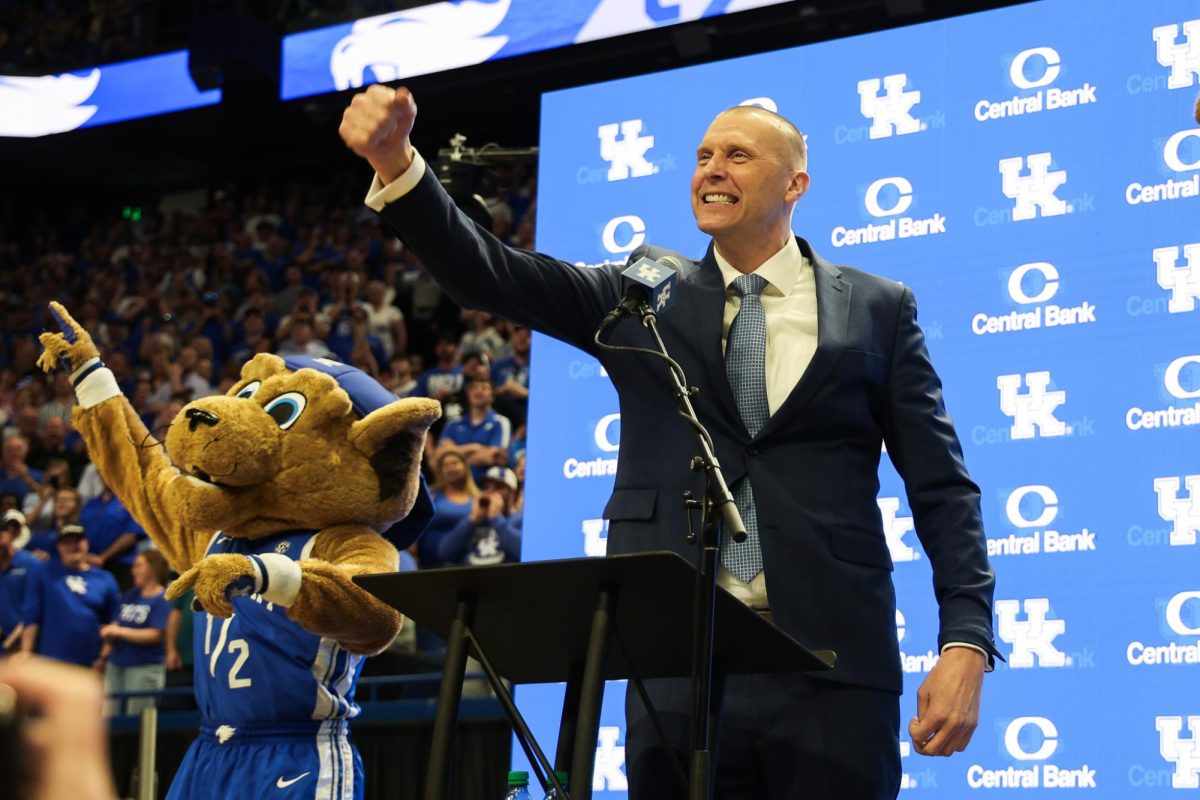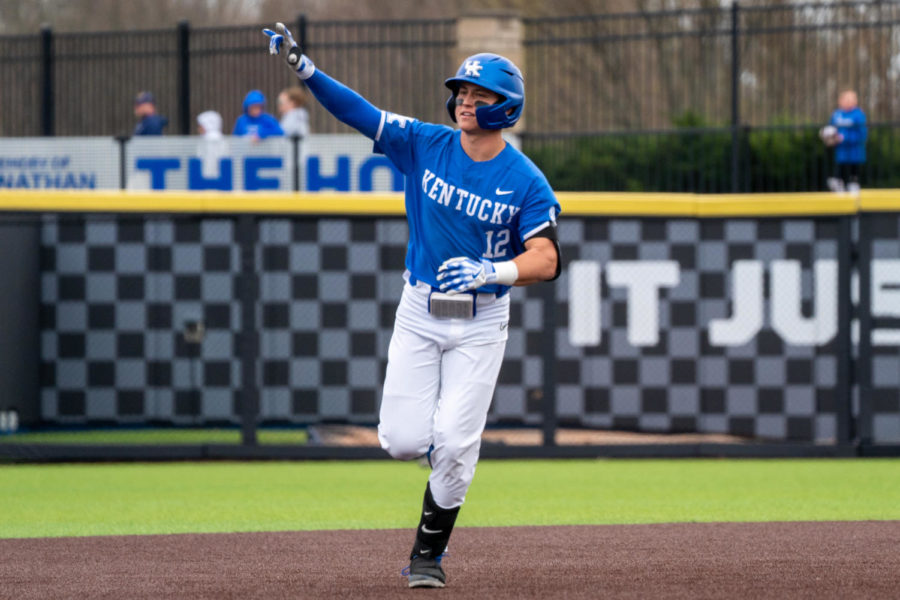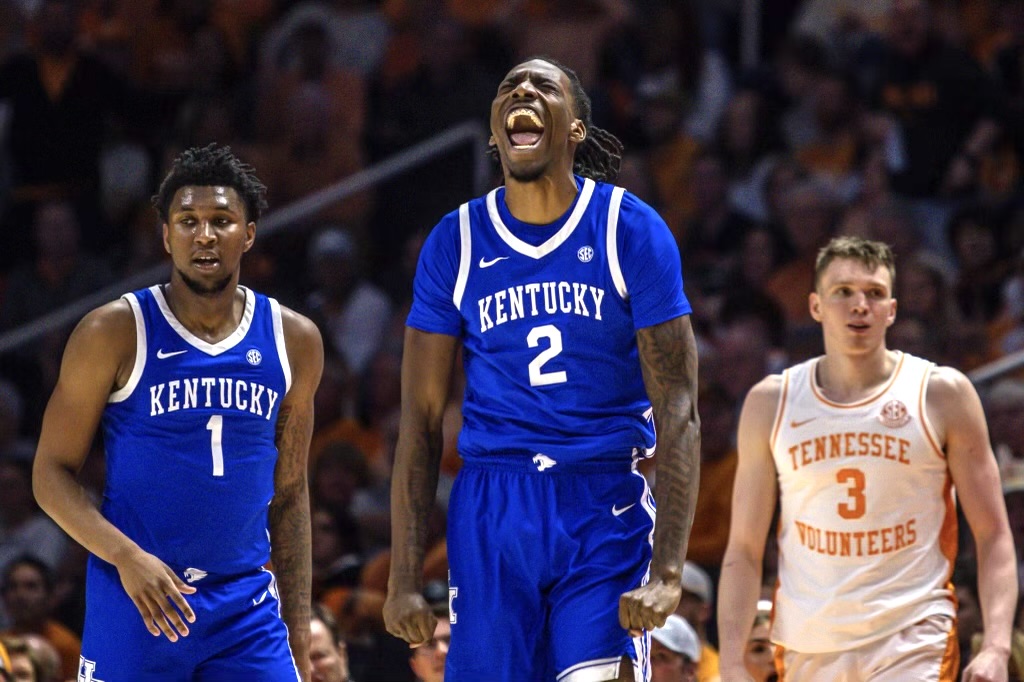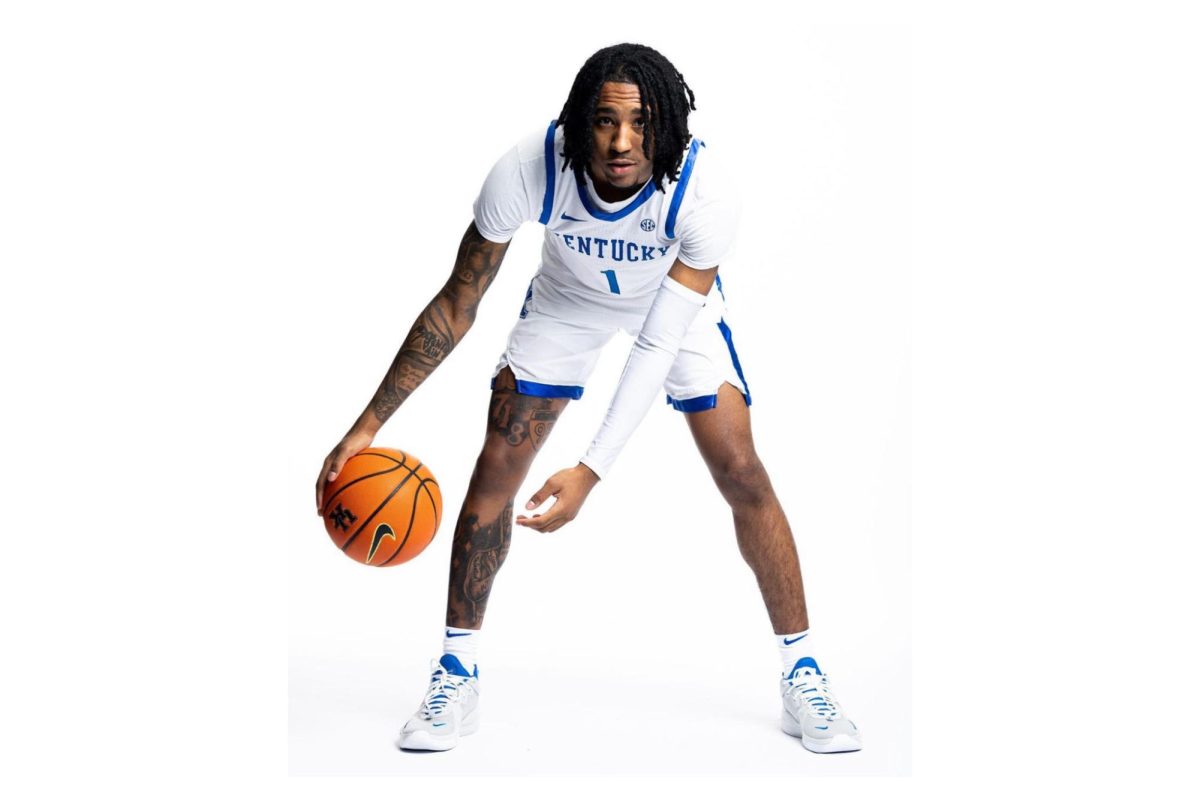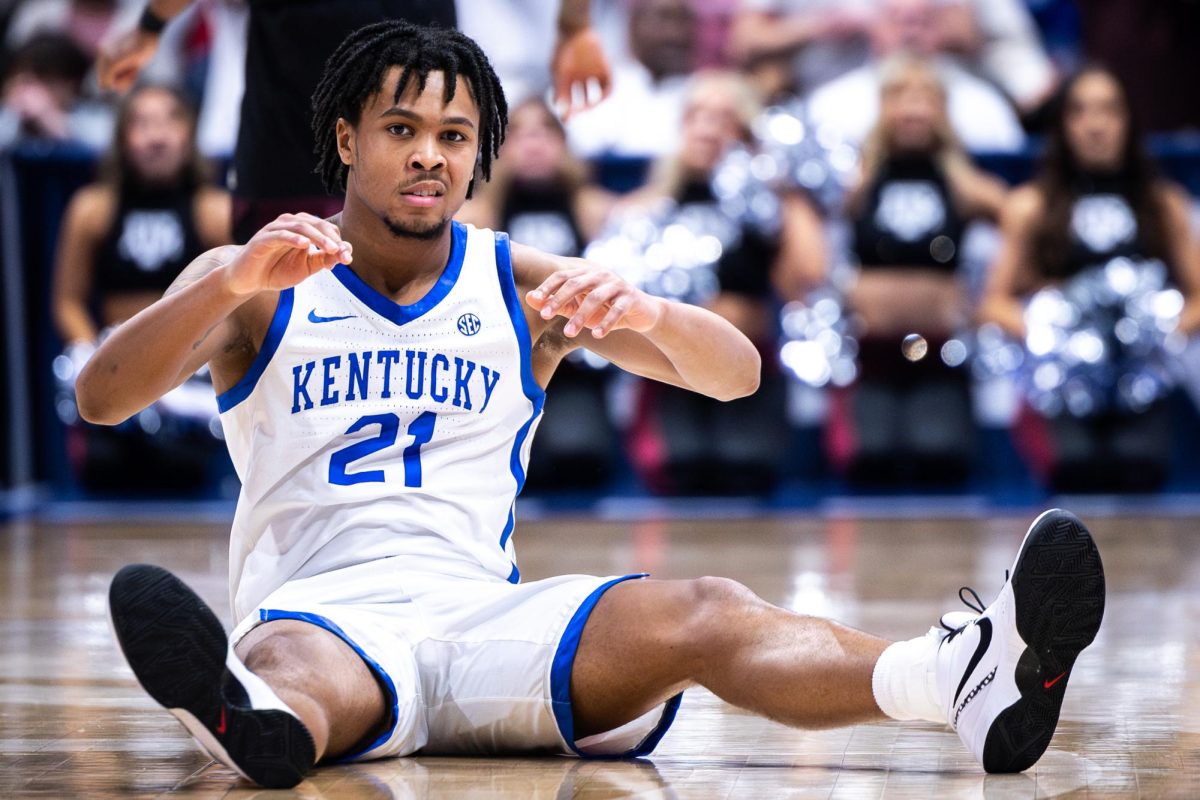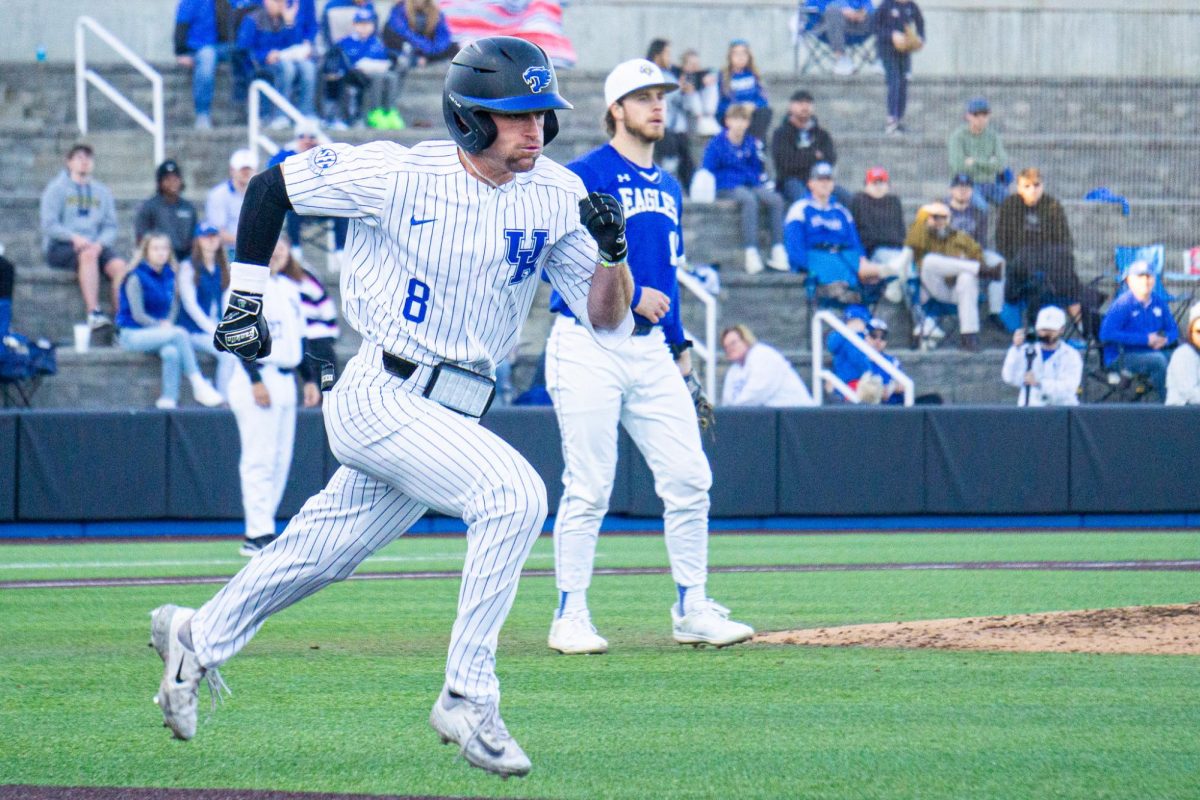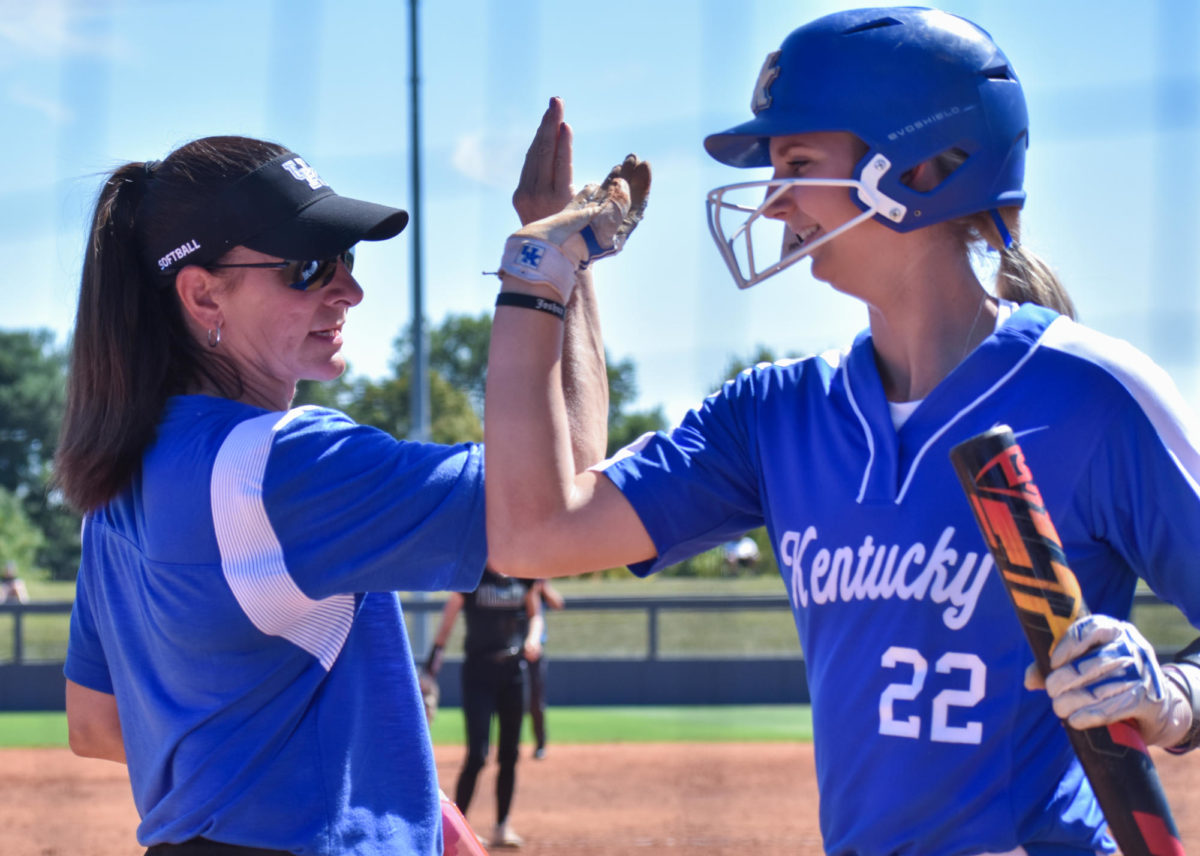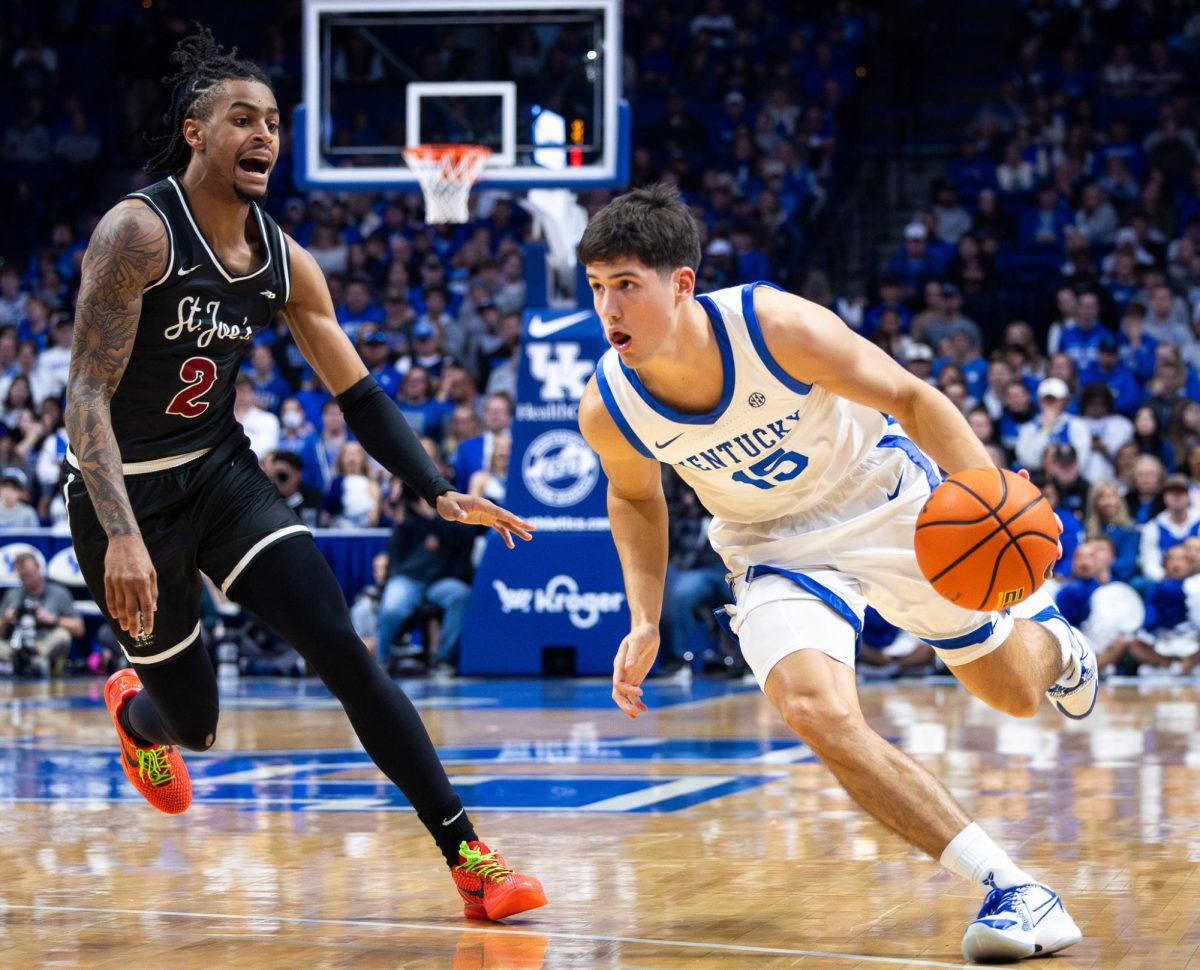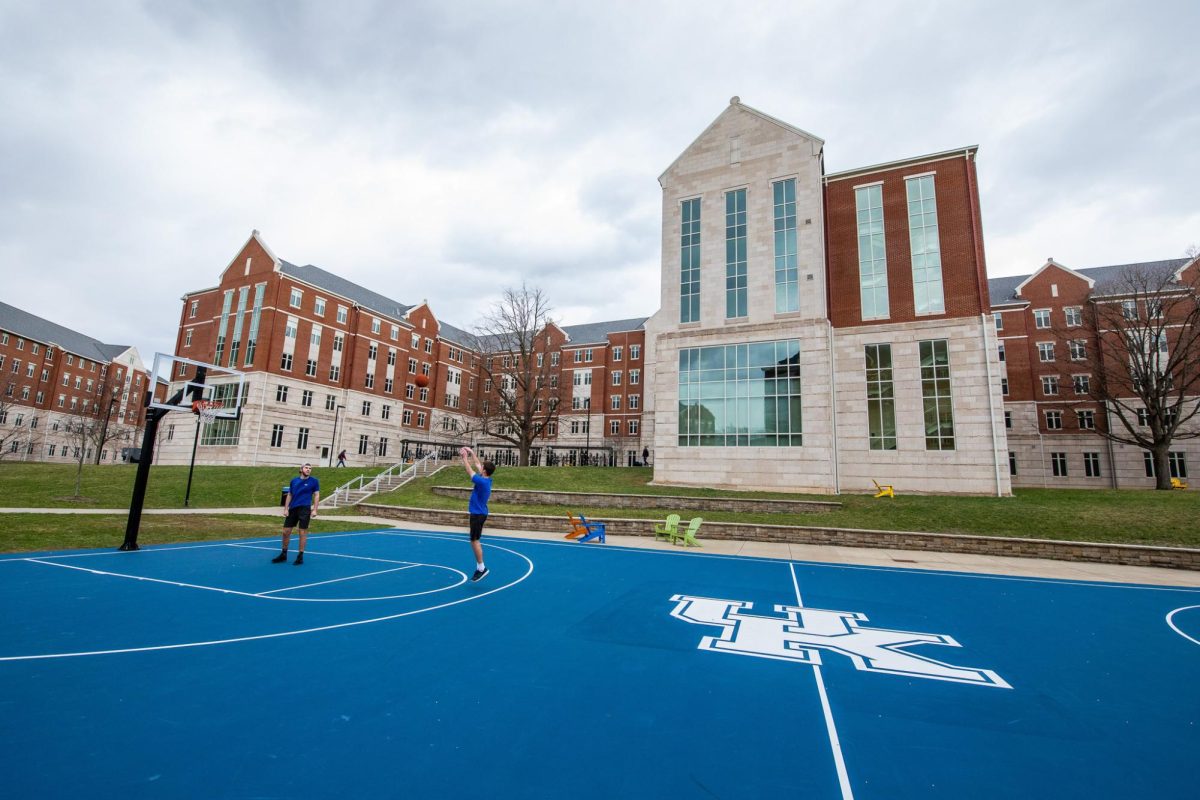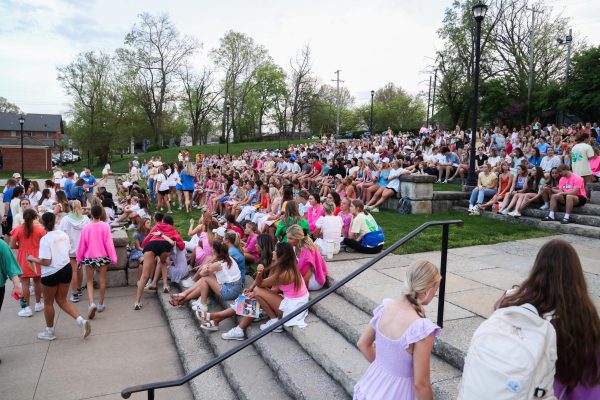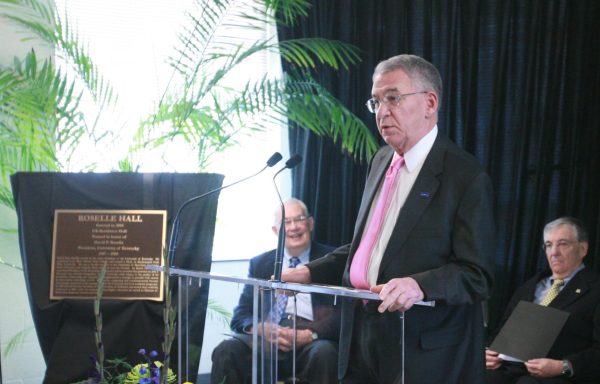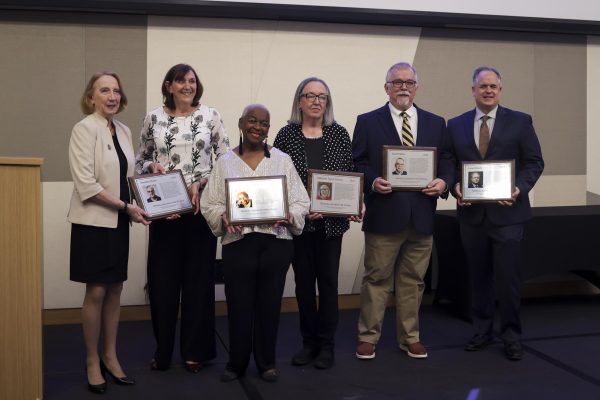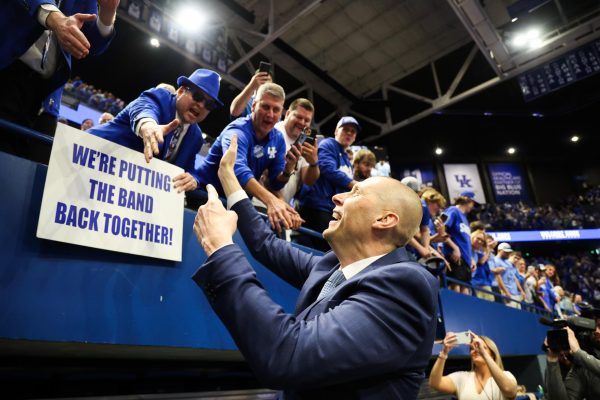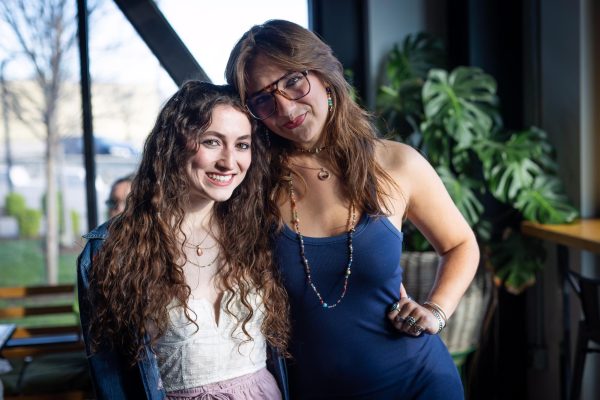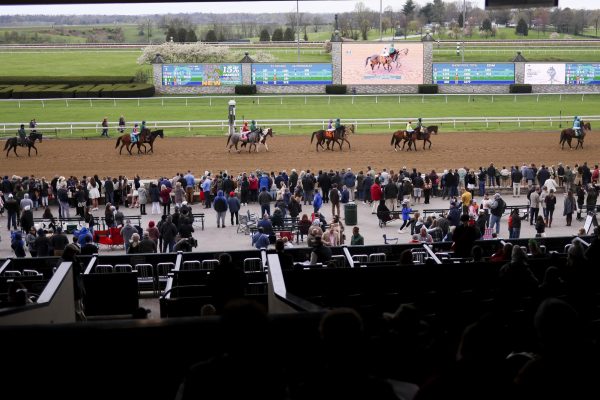‘All cemeteries to me are archives.’ Equine Week of Service honors African Americans in horse industry
October 21, 2021
It’s 9 a.m. on a dewy October Saturday, and volunteers from the Wildcat Wranglers, student ambassadors for the Agriculture and Equine programs, are planting flowers and cleaning headstones for people they’ll never meet.
The service, which took place on Oct. 9, was part of Equine Week of Service, which ran from Oct. 4 to Oct. 10. Dr. Mark Coyne, a UK professor of soil microbiology, oversaw the effort, which serves to memorialize 157 African Americans who worked with the horse industry in Kentucky.
The event took place at African Cemetery #2, located on East 7th Street. The cemetery was founded in 1869 by Union Benevolent Society No. 2, an organization of freed former slaves whose goal was to care for the sick and bury the dead.
“All cemeteries to me are archives,” said Yvonne Giles, a Lexington historian and authority on the cemetery. “Sometimes you can’t find anything about someone unless you come to the cemetery and find their headstone.”
Coyne said the group is unique for having a specific occupational group vital to the economy and community of Central Kentucky.
“We have jockeys, trainers, hostlers, groomsmen, horse handlers and those 157 or so individuals who are buried here,” Coyne said. “[They] represent the contribution of African Americans to the thoroughbred racing industry.”
The memorial is an honor that these individuals have not always been granted historically, even though Black men won 13 of the first 15 Kentucky Derbies. Oliver Lewis, winner of the first Kentucky Derby, was buried in Cemetery No. 2, but his grave was all but forgotten after the cemetery closed in 1974.
“The reason that Black individuals dominated the horsing industry is because during enslavement, they came up working with the horses,” Giles said. “It was a natural transition for them to continue to work with the horses.”
After the cemetery closed, it was described as being so overgrown that people could not see the markers in it. Lexington city government officials, who acquired the land in 1973, attempted to get rid of the cemetery and develop the land. They tried to exhume the bodies in the cemetery and move them somewhere else before realizing that the cemetery contained hundreds of graves, not the small number they had thought.
In 1995, African American Cemetery Inc. resolved to take care of the cemetery and ensure that its denizens were remembered.
As the students cleaned the markers, they were confronted with history. Students interested in sports or the equine industry could view Lewis’s marker, as well as those of other Derby winners like James “Soup” Perkins and Isaac Murphy. While Perkins is still buried in African Cemetery #2, Isaac Murphy was moved to the Man O’ War Kentucky Horse Park in 1978. He remains there to this day, and his burial site was given a newly engraved headstone in 2015.



